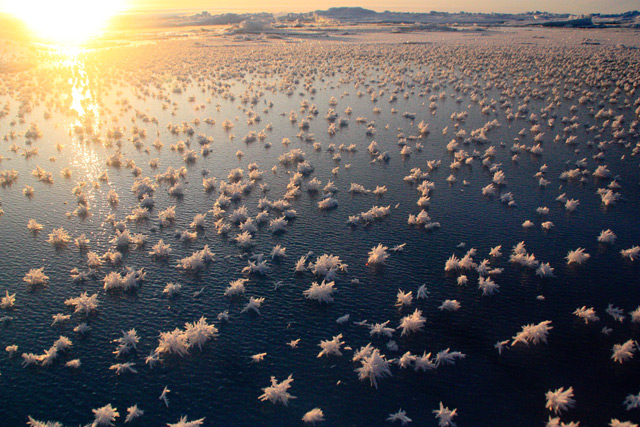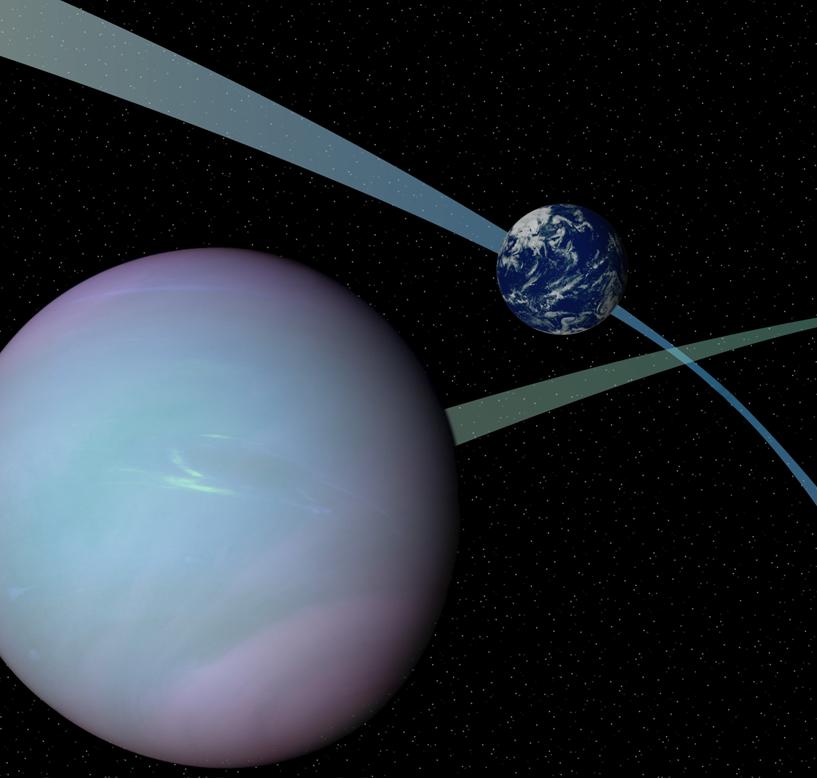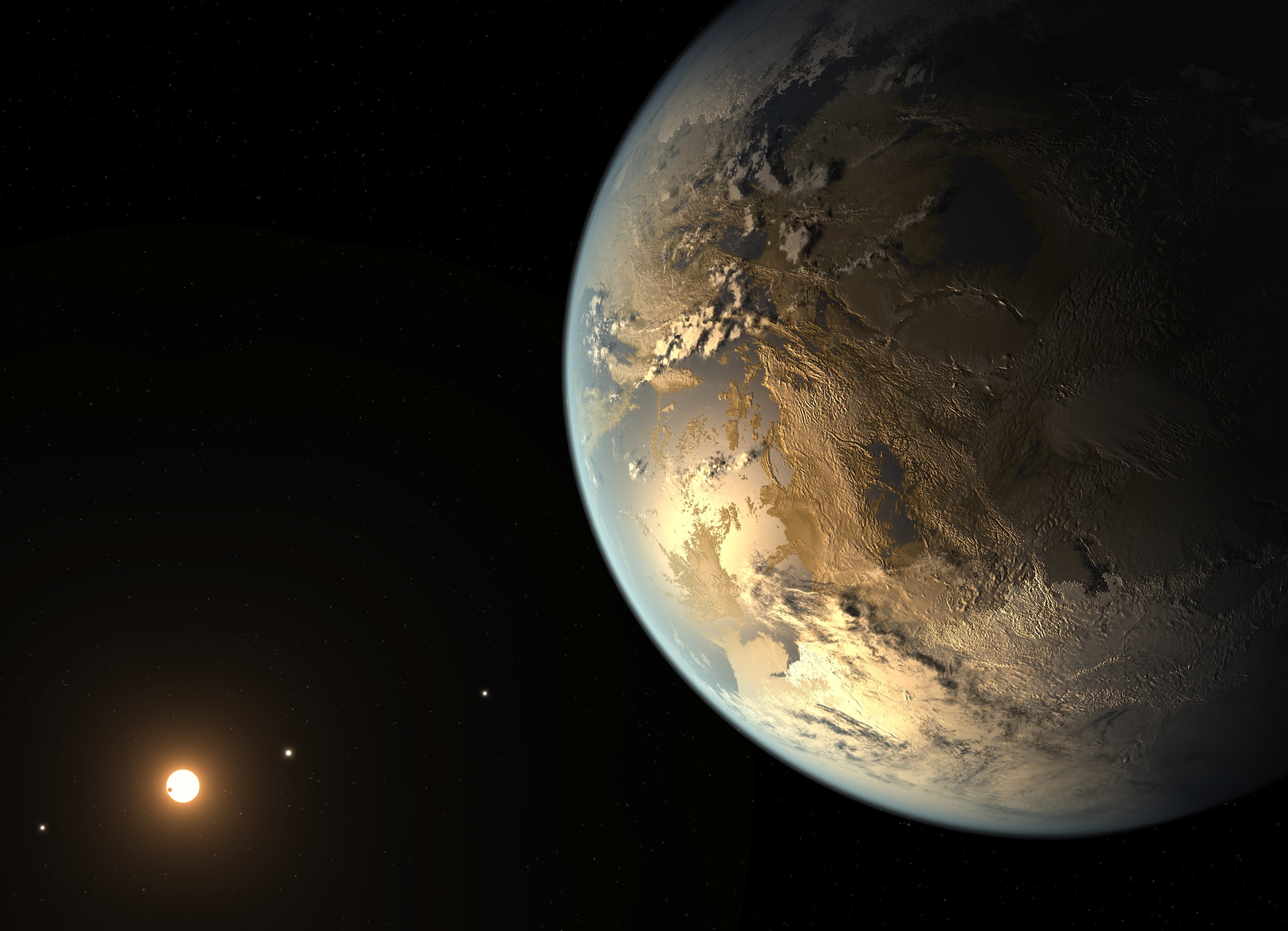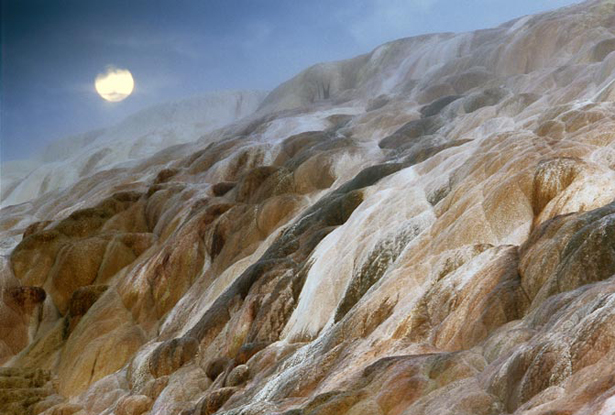 |
|
|
Spring 2014 From Life in Ice to Finding Earth’s Cousin — Our Research Highlights Wondering what our astrobiologists have been up to lately? Here are some research highlights from the UWAB community! 
How Does Life Survive in Some of the Coldest and Saltiest Environments on Earth? Graduate student Jeff Bowman and Prof. Jody Deming (Oceanography) recently published an analysis of the microbial inhabitants of frost flowers, delicate structures on the surface of newly formed sea ice that constitute one of the coldest and saltiest habitats on Earth. To understand how microbes have evolved to deal with the challenges of extreme cold and high salinity, and to help determine the larger ecological impacts of life at the sea ice surface, Bowman and Deming sequenced metagenomes from DNA collected from frost flowers and newly formed sea ice. They then applied a variety of computational tools to millions of DNA sequences in the metagenomes to determine what microbes were living in the frost flowers, and what metabolic processes they might be capable of. “Tilt-A-World” Planets Could Harbor Life UWAB’s Prof. Rory Barnes (Astronomy), alumnus John Armstrong (Astronomy), and collaborators have determined that a fluctuating tilt in a planet's orbit does not preclude the possibility of life, and may even enhance it. They have found that as a planet wobbles on its axis, heat from its host star may be more easily distributed, meaning that such a planet would be less likely to freeze over. If a stable tilt isn’t required for a temperate climate, this may dramatically increase the number of known worlds thought to be potentially habitable. Paleoclimate Clues May Help Explain K-Pg Mass Extinction Event Recent work by Graduate student Tom Tobin (ESS) aims to investigate the environmental conditions surrounding the early Earth’s Cretaceous-Paleogene (K-Pg) mass extinction event. By examining 66-million-year-old bivalve fossils, they have discovered evidence of a temperature shift during this period, which supports the hypothesis that climate change caused by flood volcanism in the Indian Deccan Traps may have destabilized Earth’s ecosystem, leading to greater susceptibility to the effects of a possible meteor impact. First Earth-Sized Planet in the Habitable Zone UWAB collaborator and VPL team member Sean Raymond (LAB) and team have announced their discovery of Kepler-186f, the first confirmed Earth-sized planet in the habitable zone of an M dwarf star. While planets have been found in the habitable zones of other stars, they are all at least 40% larger than Earth, making it difficult to come to a conclusion about their composition and potential for habitability. The size of Kepler-186f means it is much more likely to have a rocky composition, and—if it possesses an Earthlike atmosphere and liquid water—could be capable of supporting life. Selenium in Ancient Rocks May Help Us Understand Life On Early Earth Graduate student Eva Stueeken (ESS) has recently developed a methodology to measure selenium isotopes in ancient rocks. This work provides a new method of constraining the history of life on Earth, and helps us understand how the composition of Earth’s atmosphere and ocean has evolved over time. A New Rule For Planetary Atmospheres UWAB alumnus Tyler Robinson (Astronomy) and Prof. David Catling (ESS) have published new research in Nature Geoscience that reveals the underlying physical principles that govern the position of the atmospheric "tropopause"—a level in a planet's atmosphere between the troposphere and stratosphere where the air stops cooling and begins growing warmer. This may help us determine an exoplanet's potential for habitability and life. Probing Atmospheric Pressure and Searching for Life Using Dimers A new method devised by UWAB graduate student Amit Misra (Astronomy) and collaborators makes use of dimer molecules to help determine pressure in exoplanetary atmospheres, and thus to better assess a planet’s potential for habitability and life. By detecting the absorption of starlight by these molecules as it passes through a planet’s atmosphere, researchers will be able to determine whether atmospheric pressure is high enough to retain liquid water on the planetary surface. While there are many types of dimer molecules, this method specifically makes use of oxygen—thus, the detection of these dimers may signify a world that is both sufficiently oxygenated and has liquid water, a combination that could strongly suggest the presence of life. Icy Planets Thaw More Easily Around Cool Stars In a paper recently published in The Astrophysical Journal Letters, graduate student Aomawa Shields (Astronomy) and collaborators show that a distant, frozen M-dwarf planet is likely to melt more easily out of global ice cover as its host star ages and brightens, exhibiting less abrupt jumps in ice line latitude in the process. System with Seven Transiting Planets Found Prof. Eric Agol (Astronomy) played a key role in the discovery of the Kepler-90 planetary system, the first multi-planet system with seven worlds found transiting, or crossing in front of their parent star—several of which are Earth-sized or slightly larger. Photos (from top to bottom): |
|








